Yes, the Moritzburg is also in Zeitz! The Moritzburg Castle in Zeitz in Saxony-Anhalt is often confused with the Moritzburg in Saxony. Yet the castle in Zeitz is unique and really worth seeing. It is definitely worth a visit, especially if you take some time to explore the castle grounds at your leisure.
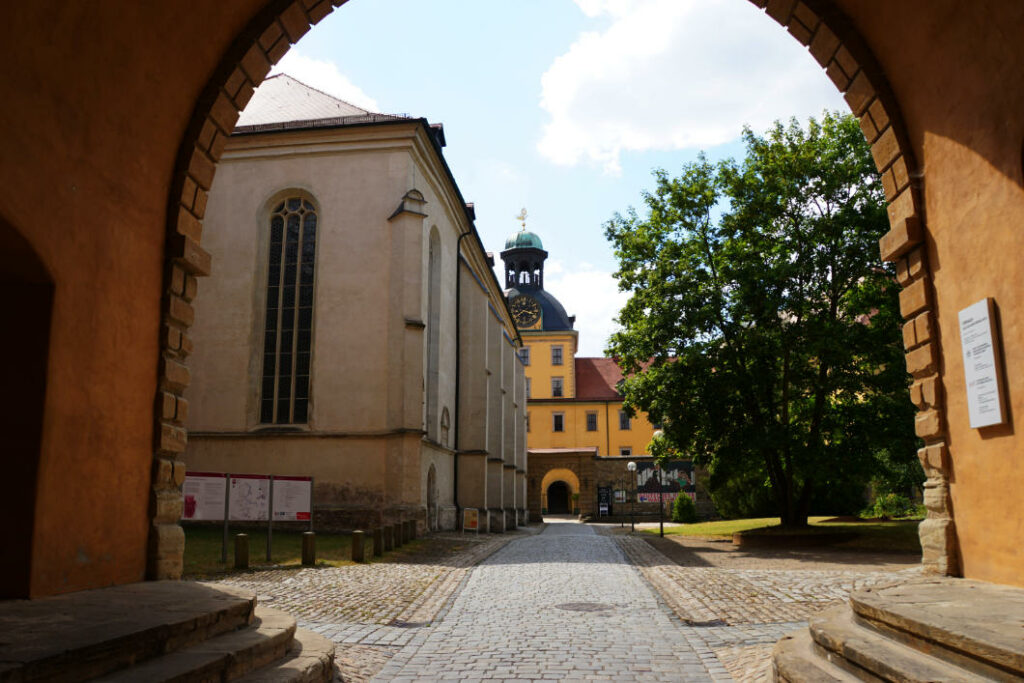
Castle history
Duke Moritz of Saxony-Zeitz was the son of Johann Georg I, Elector of Saxony. His brothers were named August, Christian and Johann Georg II. His father stipulated in his will that after his death the Saxon electoral states were to be separated and separate duchies were to be created. The eldest son was to succeed him, while the younger sons inherited the duchies. Moritz inherited the Duchy of Saxony-Zeitz, August inherited Saxony-Weißenfels and Christian received Saxony-Merseburg.

Duke Moritz settled in Zeitz in 1657. He had Moritzburg Castle built on the site of the destroyed Bischofsburg. Today, Moritzburg Castle is one of the oldest early Baroque fortress-like residences in the Wettin region.
The three-winged complex with a tower in the middle of the main wing is characteristic. The cathedral standing on the grounds was converted into the castle church. The construction of the bastion as a fortification and defence system is striking.
After the duke’s line of succession died out, the castle reverted to Electoral Saxony in 1781, and later became Prussian property in accordance with the requirements of the Congress of Vienna.

From 1990 to 2004, the castle and the gardens were renovated.
Museum in Moritzburg Castle
Our way through Moritzburg Castle leads us into the former living quarters of the duke. Here we find the permanent exhibition with historical furniture (Renaissance to Biedermeier).
We are accompanied by a member of the museum staff who tells us not only the history of the castle but also one or two stories about Duke Moritz and his wife.

The rooms are furnished to match different periods in history and showed us how people used to live.
The castle has one special feature: there were already small rooms with a toilet. At the time of construction, this was not yet a building standard and a true luxury.
I found it particularly interesting that the “flat” of a prince or princess was built here. At that time, they often had a room in the castle where their life took place. But a little less space than I imagined.
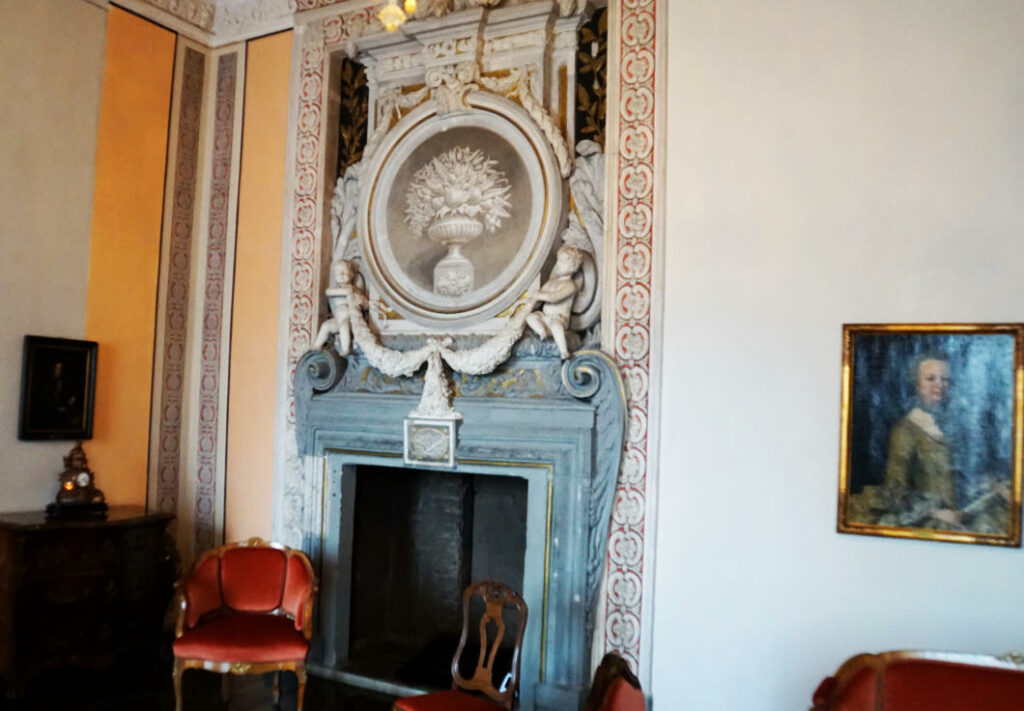
A temporary exhibition was taking place on the second floor during our visit. The rooms on this floor are often used for exhibitions by various artists.
German Pram Museum
Moritzburg Castle has been home to the German Museum of Prams for many years. The connection between prams and Zeitz can be established quickly. Prams were produced in Zeitz for many years.
It all started with Ernst Albert Naether, the founder of the German pram industry. After his apprenticeship as a wainwright (wheelwright), he took over his father’s business in Zeitz. He made carriages and sleighs. He also developed the first chair carriages for children. At some point Naether built the first pull carriages for children. He offered these carriages for sale at the Leipzig Fair in 1852. The first sales successes soon followed and he gave up his large carriage factory in favour of the production of children’s carriages.

His cars sold all over Europe. After Naether’s death, the company remained in family ownership.
In 1896, the first pram catalogue was even produced with over 100 pram models. The company developed into the most important pram manufacturer in Germany.
The success of the Naether factories attracted other pram manufacturers to Zeitz. For a time, there were over 20 pram manufacturers in the city.
In 1946, the company was expropriated and the production facilities were transferred to VEB Zekiwa (ZEitzer KInderWAgen). They produced prams for the entire Eastern European region and for the Neckermann company. Up to 2200 employees produced 450,000 prams and 160,000 doll’s prams annually. In addition, travel cots, playpens and high chairs were produced.

Today, prams are no longer manufactured in Zeitz (ZEKIWA prams are still made, however), but in the German Pram Museum you can find out in great detail about the history of the pram and admire some wonderful exhibits.
There are currently about 60 prams on display. Another 650 exhibits are waiting for the museum’s premises to be extended. Then you can admire even more carriage models.
Of course, as a mother I was also concerned with the topic of prams at that time. But to be honest, I was impressed by the variety of models that had developed over the years. I liked some of the prams so much that I would overlook the size and weight. They were no longer “contemporary” but fantastically beautiful.
My tip, if you visit Moritzburg Castle, don’t miss the museum!

The Garden Dream of Moritzburg Castle
Every castle has a castle garden. The Moritzburg in Zeitz has a very special palace garden. For the State Garden Show of Saxony-Anhalt in 2004, the castle garden was transformed into a colourful and versatile garden. It was important to those responsible that the redesign of the old palace garden should make it feasible for future use. And this has clearly been achieved.

The grounds are still fenced in today and for a small fee you can have a wonderful rest here.
The people of Zeitz enjoy using the grounds and put a lot of love and effort into the design. For example, there are sponsors who use and maintain some areas either financially or actively. As you stroll through the garden dream, you will see small signs at many of the plantings indicating their commitment.
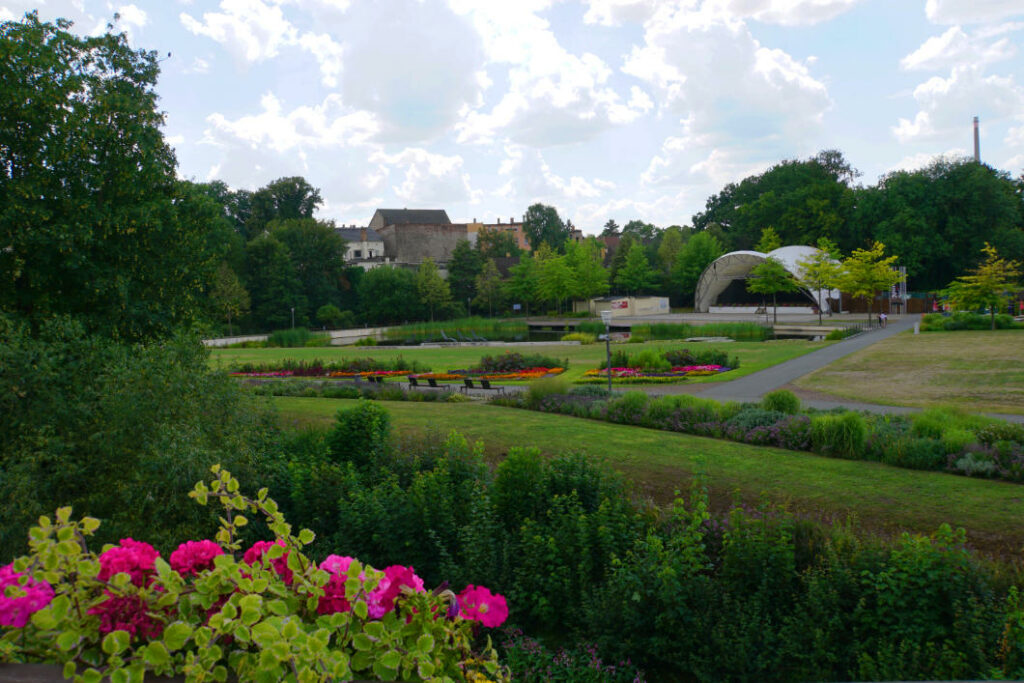
Rossner Park formed the core area of the State Garden Show. The approximately 2-hectare site borders directly on the Moritzburg, the former pleasure garden and Brehm’s garden. Today you can walk here through an old stock of trees. You almost feel like you’re in an English garden when you look at the well-kept lawn and the rows of trees. The pleasure garden and the Brehm garden were also redesigned for the State Horticultural Show and these areas were integrated into the after-use.
The Orangery in the palace garden is a jewel. The duke’s former conservatory was hidden behind buildings and unused for many years. The building was renovated for the State Garden Show and a restaurant opened here. You can still enjoy a good meal here today.

We are guided through the garden and discover some of the highlights. I particularly like the Japanese Garden. Tosu, a city in Japan, is Zeitz’s twin city. During a visit, the idea of incorporating a Japanese garden into the State Garden Show developed. With the help of Japanese landscape gardeners and horticulturists, a 1200 square metre garden was laid out. This was inaugurated with a Japanese ceremony. I particularly liked the gravel that was raked in waves. It radiated a tranquillity from which I was reluctant to leave to explore the rest of the garden dream around the Moritzburg.

I particularly liked the fact that Zeitz has really succeeded in developing a concept for subsequent use. The garden around the Moritzburg in Zeitz has developed into a real palace garden and recreation area. Here you can find quiet places to relax, but also fun and games for the children.
Address:
Schloßstraße 6,
06712 Zeitz
Opening hours:
Castle Museum:
Tuesday – Sunday: 10-16 h
Monday closed
Palace park open all year round
Schlosspark (Orangerie entrance):
30.03. – 31.10.:
daily 10 – 18 h
Admission fees:
Castle:
Adults 6,- €
Reduced: €4
Castle Park:
Adults: 2,- €
Reduced: 1,- €

Disclosure: The visit to the castle and the garden dream was a free offer for us during our blogger trip in Zeitz. My report on this is solely my own opinion.



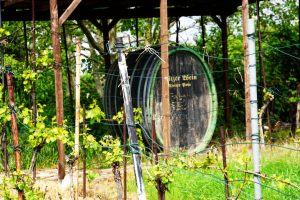
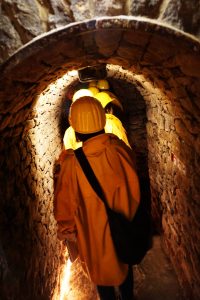
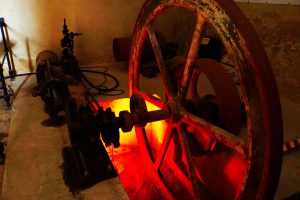

Leave a Reply